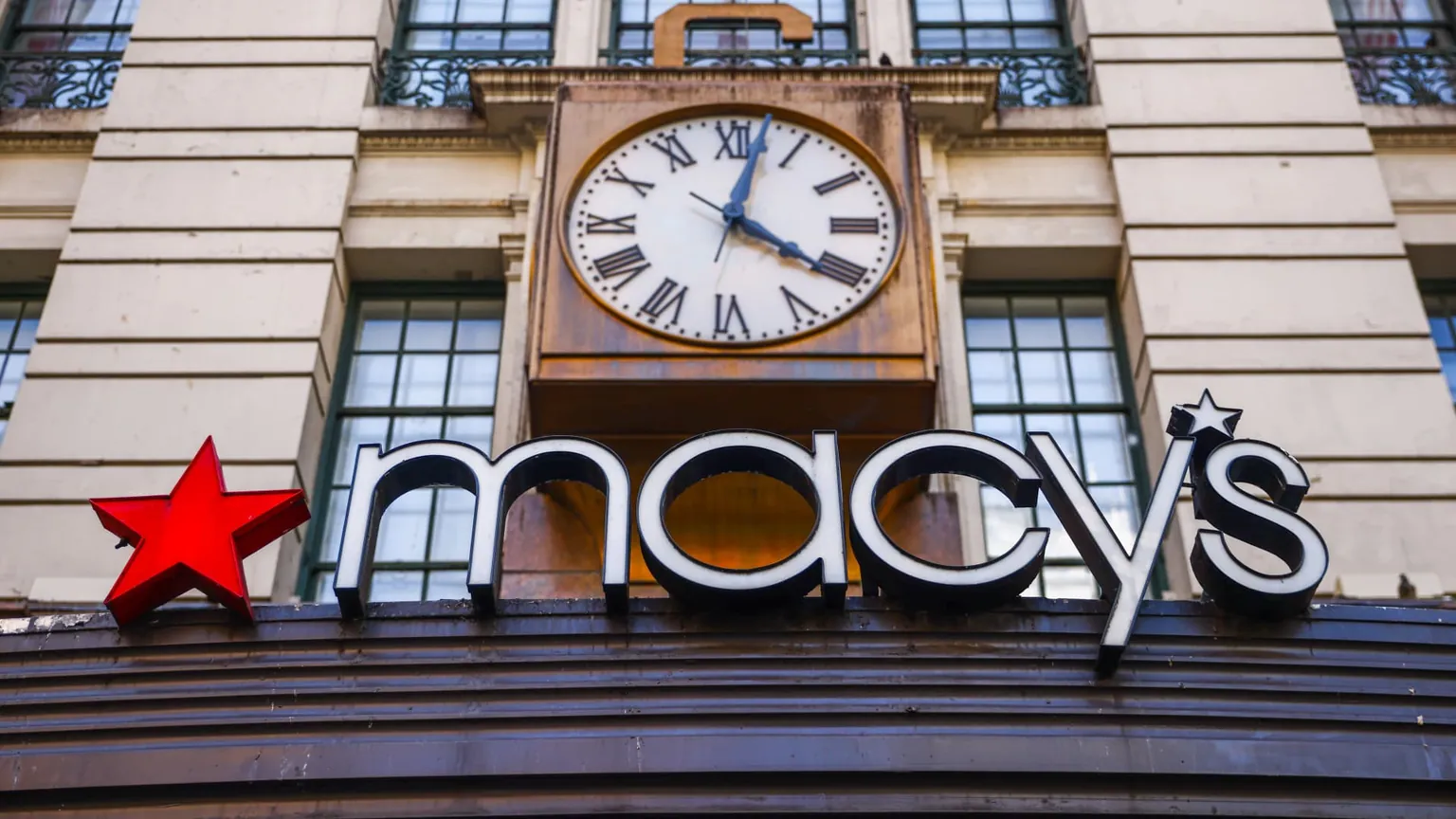From the turn of the 20th century to the early 1940s, a human-made island in San Pedro Bay held a flourishing Japanese American fishing village that helped develop Southern California’s mighty seafood industry.
Terry Hara, president of the Terminal Islanders Association, described Tuna Street as the “Broadway” of the Japanese fishing community.
Terminal Island residents observed Japanese traditions, he said, holding mochi pounding celebrations on New Year’s and dancing in kimonos at Girls’ Day festivals.
Around 800 Terminal Islanders were incarcerated in Manzanar concentration camp, and when they returned, almost the entire village had been bulldozed.
The number of surviving Terminal Island residents is dwindling.
The thriving Japanese American fishing village on a man-made island in San Pedro Bay from the turn of the 20th century to the early 1940s contributed to the growth of Southern California’s powerful seafood industry.
To catch albacore tuna and sardines on Terminal Island, over 3,000 Japanese immigrant fishermen, known as issei and nisei, who were first- and second-generation immigrants, invented cutting-edge methods like live bait and 6-foot bamboo poles. In the canneries, their wives sanitized and packaged their bounty.
The village was then destroyed during World War II, and the entire population was uprooted. Only two abandoned buildings on Tuna Street remain of the enclave; they are now dwarfed by the large green cranes and vibrant stacks of shipping containers that encircle the island.
In an effort to preserve the last physical link to a mostly forgotten legacy, surviving Terminal Islanders and their descendants, who are now well past retirement age, have banded together as the buildings are in danger of being demolished to make room for more containers.
Paul Boyea, a board member of the Terminal Islanders Association, which is made up of roughly 200 former residents and their relatives, stated that these structures are an essential part of American history that should never be forgotten.
The efforts to save the structures have advanced significantly in the last few months. Councilman Tim McOsker proposed a motion in February to declare the structures historic-cultural monuments, which would give them further protection from demolition. June saw L. A. . After considering the motion, the Cultural Heritage Commission will determine whether to bring it up for a vote by the City Council.
The buildings were listed as one of the 11 most endangered historic sites in America by the National Trust for Historic Preservation this month.
Families praying at a Buddhist temple and Shinto shrine, shopping at supermarkets, watching movies, and going to dances at Fisherman’s Hall are all recalled by former Terminal Islanders. Kids played baseball and practiced judo.
Boyea, 69, was born outside of Terminal Island and never lived there. The location of his mother’s 1919 birth, however, has always held a special place in his heart, he said. The president of the Japanese Fishermen’s Association and a captain in the fishing fleet was his grandfather.
The grocery A was housed in two buildings on Tuna Street, the Japanese village’s commercial corridor. Nakamura Co. Both were founded over a century ago, as was the dry goods store Nanka Shoten.
Preservation efforts started twenty years ago, but they really took off last May when the Port of L. A. . It suggested tearing them down to make more room for storage because it owns most of the island.
The port’s communications director, Phillip Sanfield, stated that no decision has been made yet and that the department is currently working with advocates for Terminal Island to finalize plans for the buildings.
Tuna Street is known as the “Broadway” of the Japanese fishing community, according to Terry Hara, president of the Terminal Islanders Association. While Hara’s father and two uncles all went on to become commercial fishermen, his grandfather was a superintendent at a cannery.
He said that people on Terminal Island celebrated Japanese customs by dancing in kimonos at Girls’ Day festivals and celebrating New Year’s with mochi pounding.
The 67-year-old Hara remarked, “It was one big happy family.”. Families took care of one another when necessary, and nobody locked their doors. “”.
Approximately two-thirds of Terminal Island’s population in the 1930s were Japanese, according to Geraldine Knatz, a maritime expert and co-author of “Terminal Island: Lost Communities on America’s Edge.”.
Early in the 20th century, the island was referred to as “L. a. There were also many writers, artists, and lumberjacks living in “s Playground.”. Knatz remarked, “It was a large, varied community.”.
December was the day that everything changed. 7, 1941, when Pearl Harbor was bombed by Japanese aircraft. On suspicion of using fishing boats to spy for the Japanese military, the government promptly arrested hundreds of Japanese fishermen. Many of them spent months away from their families after being sent to a federal prison.
People who were still living on the island, mainly women and children, were given 48 hours to leave the following February. By the time the 800 Terminal Islanders who had been imprisoned at the Manzanar concentration camp returned, nearly the whole village had been destroyed. Due to a lack of housing, many of the former residents moved to the South Bay and Long Beach.
Boyea claimed that because of the trauma, the Nisei avoided discussing incarceration.
In order to maintain social ties through gatherings like yearly picnics and New Year’s festivities, a group of survivors and descendants established the Terminal Islanders Association in the 1970s. After a while, members joined the L to participate in preservation and education initiatives. 2002 saw the establishment of a memorial by a conservancy, which is currently pushing for the Tuna Street buildings to be restored.
Preservationists and descendants of Terminal Island residents have proposed turning the buildings into a general goods store for the island’s port workers, an education center, or a museum.
Adam Scott Fine, the CEO of L, stated that these structures could fulfill a community purpose while also conveying their history. A. . Conservancy.
The residents of Terminal Island are becoming fewer and fewer. According to Hara, fewer than two dozen people remain, including his 100-year-old mother. As a descendant, he believes it is his duty to uphold the legacy they established.
“Good or bad,” Hara declared, “this is an American story. We must tell our kids and grandkids about the experience that happened. “”.







